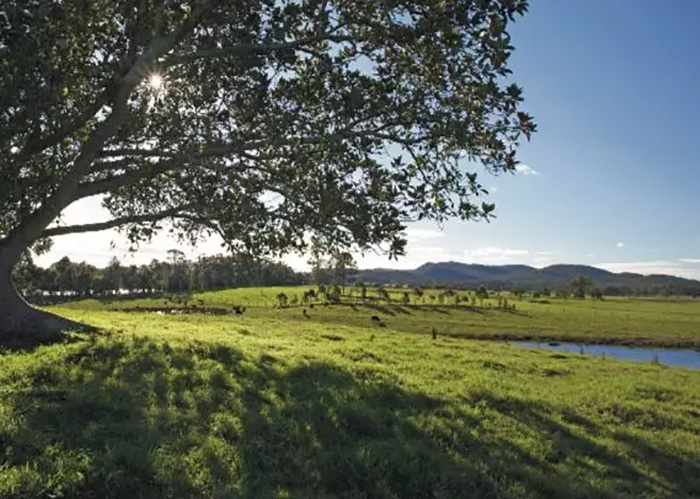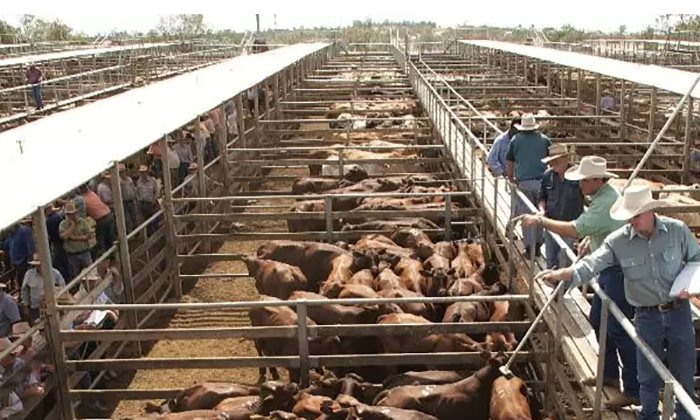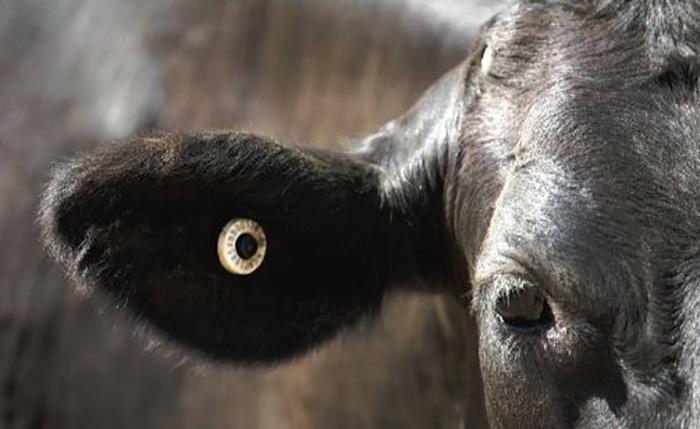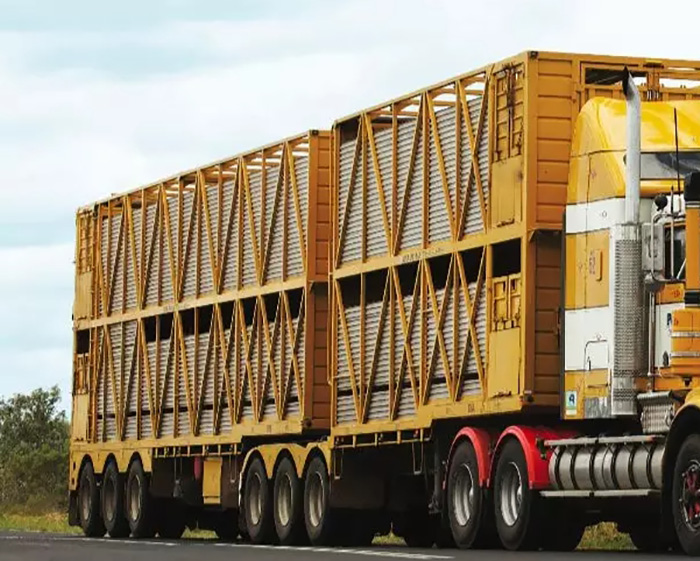LATEST NEWS
Why do so many people like to eat Australian beef?
What are its advantages?
Is it true that there has never been a single case of mad cow disease?
MLA will take you with us today
Explore Australian beef!
As we all know, the Australian seagirt and source cut off from the outside world because of the geographical and historical reasons, Australia is the world recognized no foot-and-mouth disease (FMD), rinderpest, bovine infectious pleuropneumonia, tuberculosis, brucellosis, by the world organization for animal health identified as "negligible" mad cow disease risk. No matter in the farm, processing plant, the implementation of strict animal epidemic monitoring.

In addition to Australia's unique environmental advantages, the government and the industry have sent representatives to form meat associations to regulate and manage all beef and mutton products to ensure that other food and hygiene standards are met from the farm to the consumer's table.
Let's take a closer look at the standards and systems used by the Australian beef industry to ensure the implementation of food, integration and traceability systems.
National Fertilizer Farm Certification System | NFAS
A fattening farm is a place where cattle are raised on a large scale and fed with a certain proportion of fodder for a specific number of days depending on the customer's needs.
The NFAS is a mandatory integrated quality system for Australian fattening farms. Only grain fed beef produced through this certification can be supplied to the Australian domestic market and all overseas markets. This is the quality assurance system for grain-fed beef, which controls the health and production of grain-fed cattle, and carries out strict inspection on the quality of feed and water.
At the same time, the NFAS may have strict rules governing the use of chemicals, monitoring the use of veterinary drugs, pesticides, or trace metals.

National livestock identification system | NLIS
NLIS is Australia's system for identifying and traceability of livestock biodiversity, food, product integration and market access. It ensures full traceability of live animals from birth to abattoir - based on the electronic "lifetime" eartags that animals wear to effectively track the movement of livestock from farm to abattoir.
A live animal must wear a wireless NLIS device (such as an ear tag or stomach tag) before leaving its birthplace. Electronic equipment can record the trade of live animals, and the data is stored in a national database.

Livestock production assurance system | LPA
LPA is a ranch-wide food and quality assurance certification program.

Under the LPA, producers must meet strict system requirements to ensure a healthy supply of cattle.
LPA's Food Standards at Ranch, focusing on food management, include the following five elements:
Risk assessment on livestock farms
And responsible animal management
The handling and storage of crops, grains and grasses used as fodder
Preparation for livestock transport
Livestock trading and transportation
To put it bluntly, the Australian beef industry has a monitoring system that can be traced from the farm where each animal is born to the final slaughterhouse.
Australia's food, integration and traceability system is the cornerstone of its beef industry and is committed to meeting the needs of domestic and international consumers on this basis.
More about Australian beef and mutton industry knowledge, we will continue to introduce for you, stay tuned!







